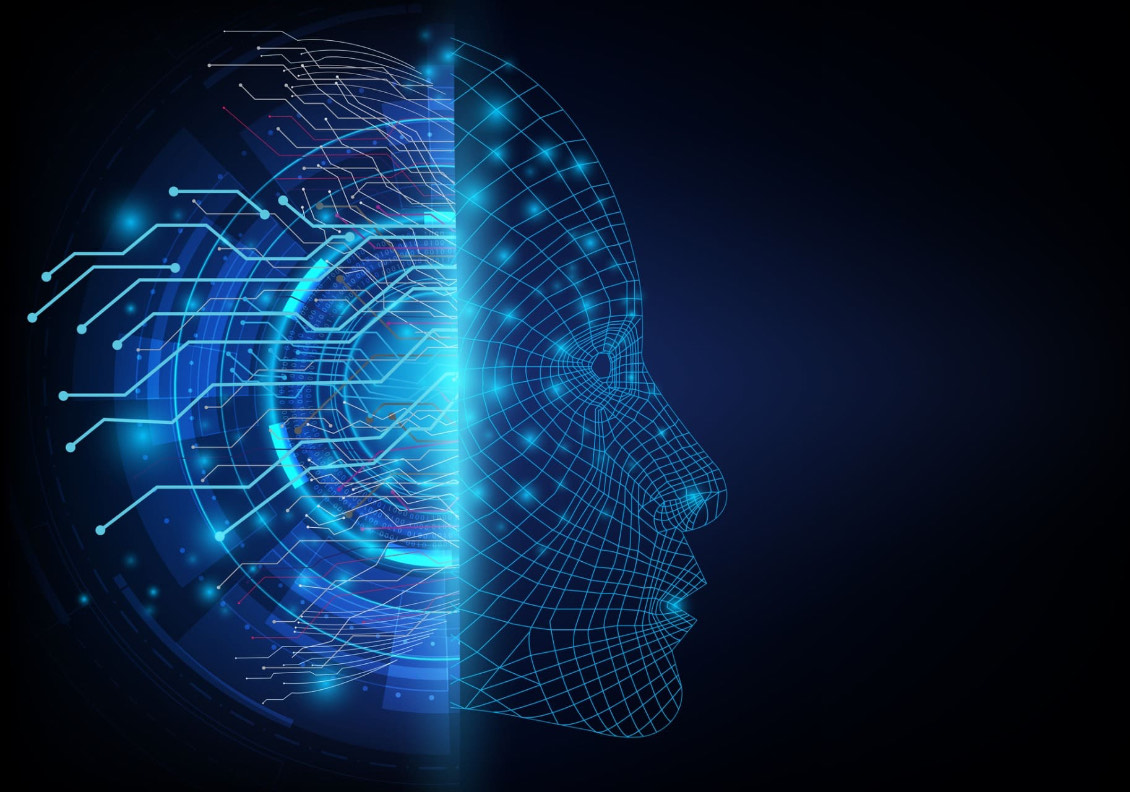Samuel Edusa MD
Why you should be excited about GPT
Samuel Edusa | Dec 28, 2022
 (Source: btlaw.com)
(Source: btlaw.com)
GPT, or Generative Pre-trained Transformer, is a state-of-the-art language generation model developed by Open AI. It has been making waves in the natural language processing (NLP) community since its release in 2018 and has been continually improved upon, with the latest version being GPT-6.
So, what exactly is GPT and why should you be excited about it?
At a high level, GPT is a machine learning model that is trained to generate human-like text. It does this by predicting the next word in a sequence based on the context provided by the previous words. For example, if the model is given the prompt "The cat sat on the" it might generate the next word as "mat".
What sets GPT apart from previous language generation models is its ability to generate high-quality text that is coherent and reads like it was written by a human. This is due to its use of the transformer architecture, which was first introduced in the paper "Attention is All You Need" and has since become the foundation of many state-of-the-art NLP models.
The transformer architecture allows GPT to process input and output sequences of variable length and to attend to different parts of the input sequence at different times, allowing it to generate more contextually accurate text. In addition, GPT is pre-trained on a massive dataset, which allows it to capture the nuances and subtleties of human language.
So why should you be excited about GPT? There are several reasons.
First and foremost, GPT has the potential to revolutionize the field of NLP and the way we interact with computers. Imagine being able to have a conversation with your computer as if it were a human, or being able to generate entire articles or even books with a few prompts. This could have a huge impact on tasks such as translation, summarization, and content creation.
In addition, GPT has the potential to improve the accuracy and efficiency of many NLP tasks. For example, it could be used to automatically generate responses to customer service inquiries, freeing up human employees to handle more complex tasks. It could also be used to improve machine translation by generating high-quality translations that are closer to how a human would translate the text.
One of the most exciting potential applications of GPT is in the realm of artificial intelligence (AI) assistants. With GPT's ability to generate human-like text and carry on a conversation, it could be used to build smarter and more natural AI assistants that are able to understand and respond to more complex queries and requests.
Overall, GPT is an exciting development in the field of NLP and has the potential to revolutionize the way we interact with computers and carry out a wide range of tasks. It will be interesting to see how it continues to evolve and what new applications it will enable in the future.
